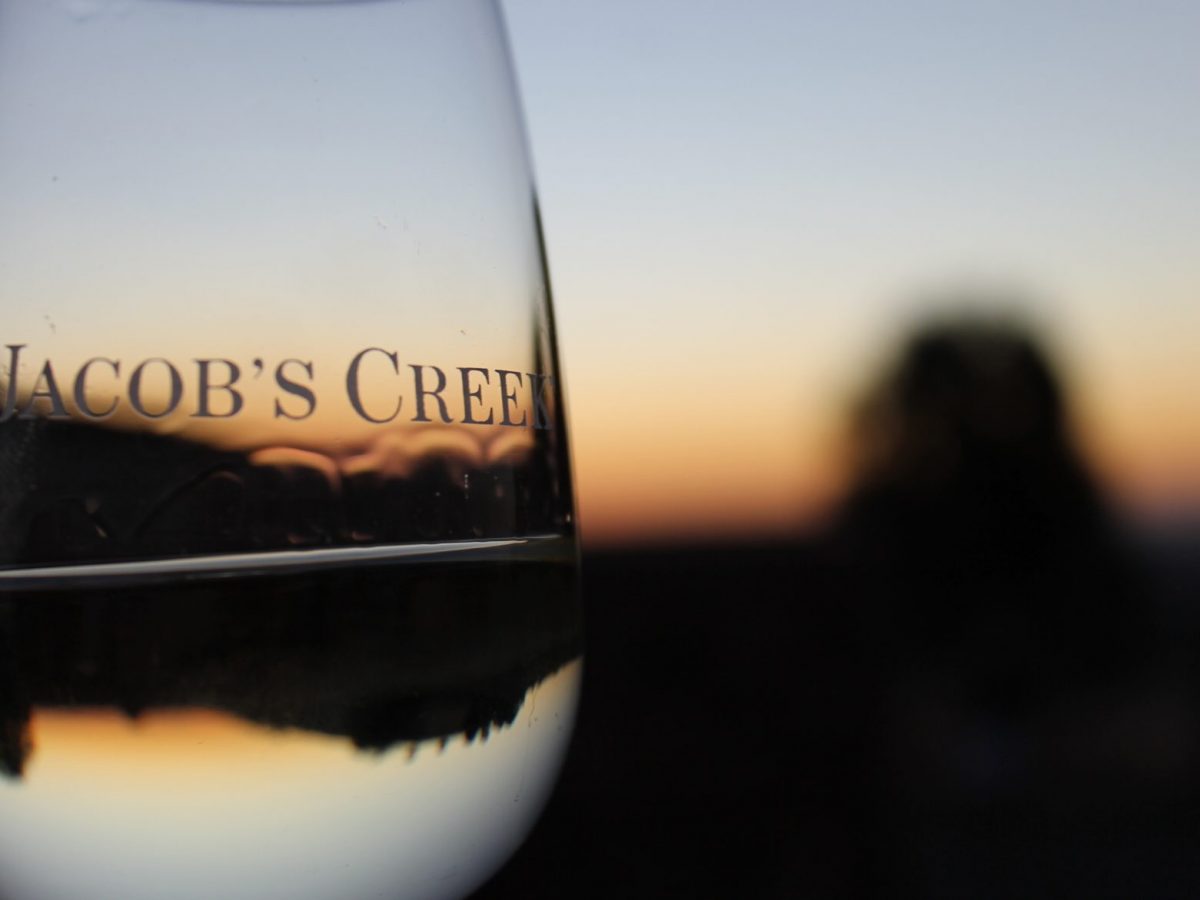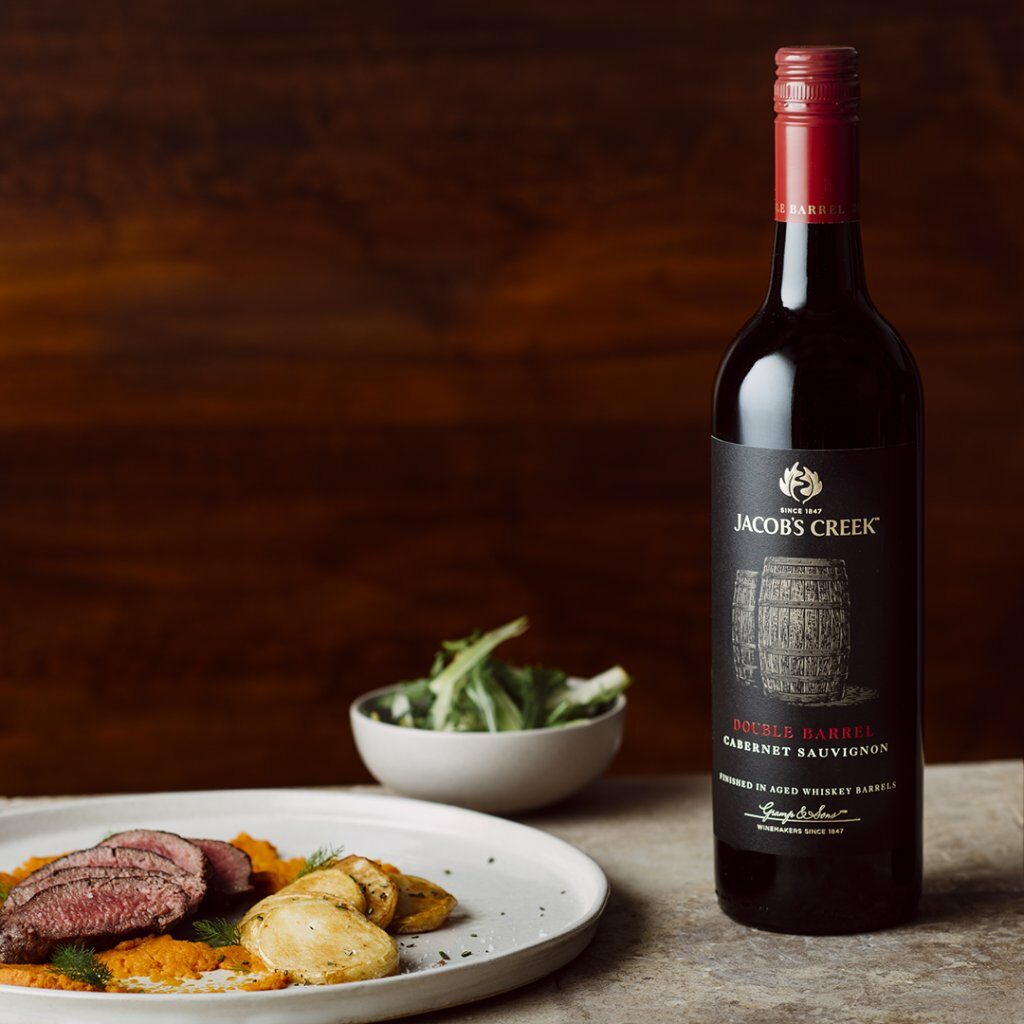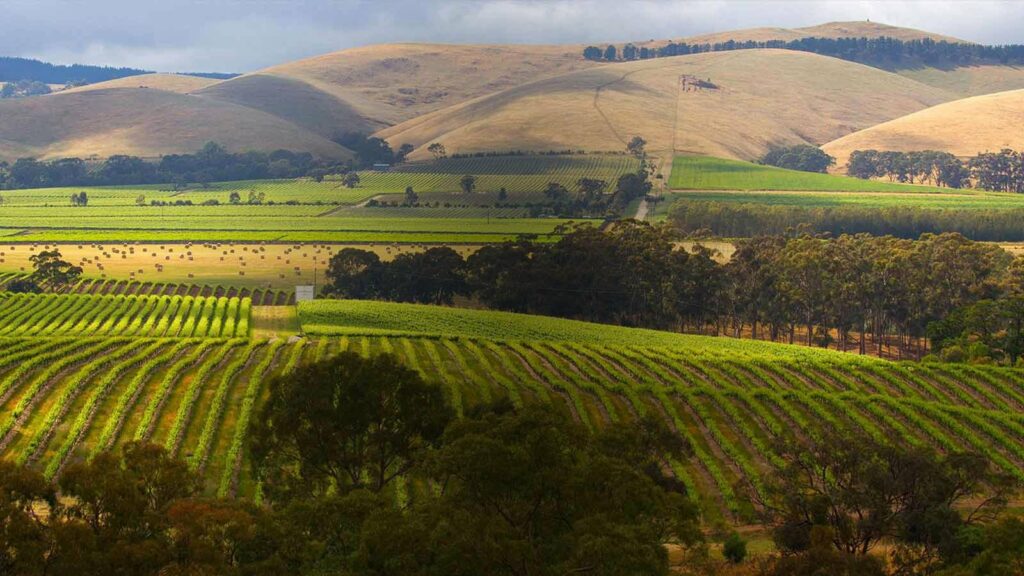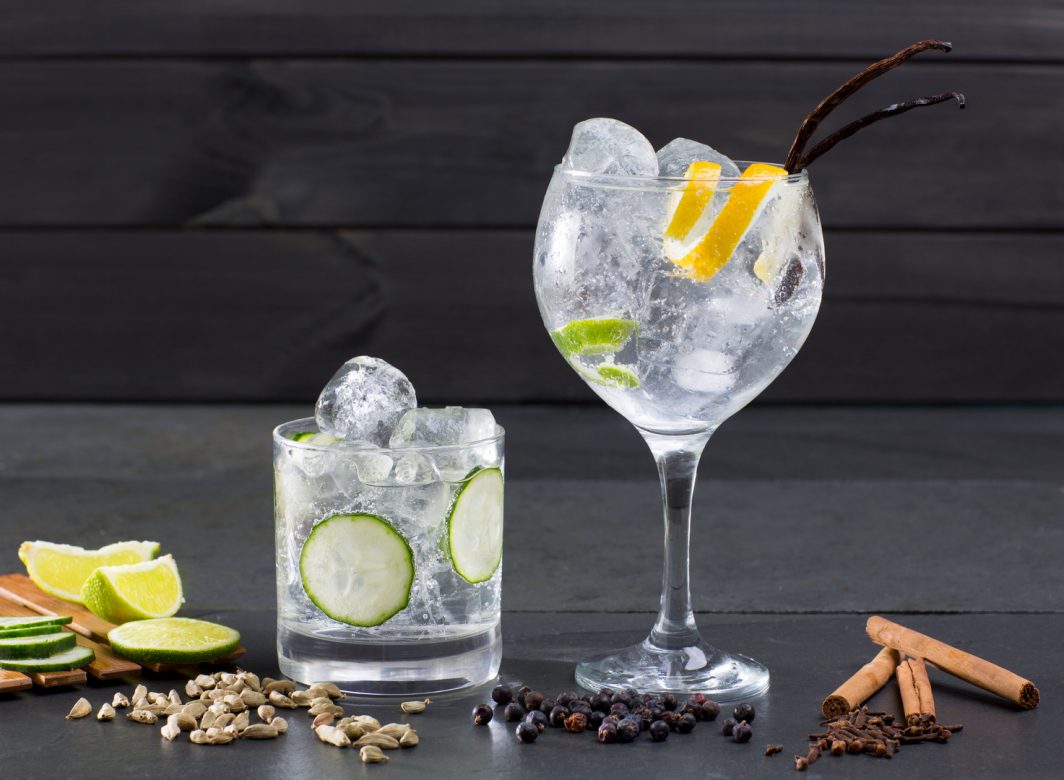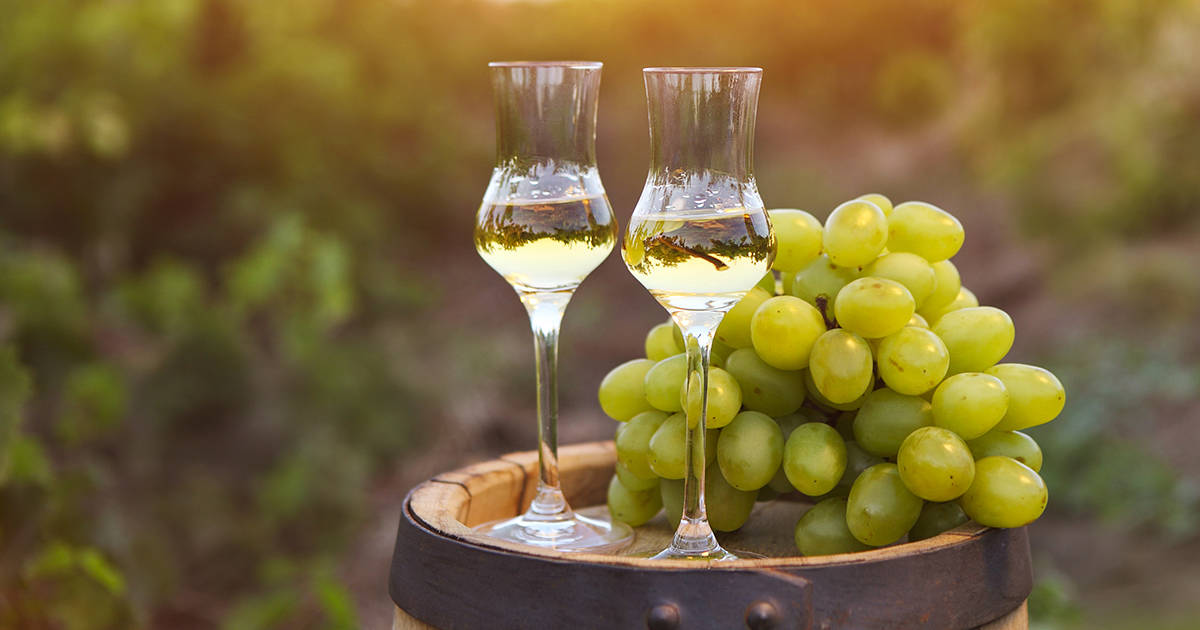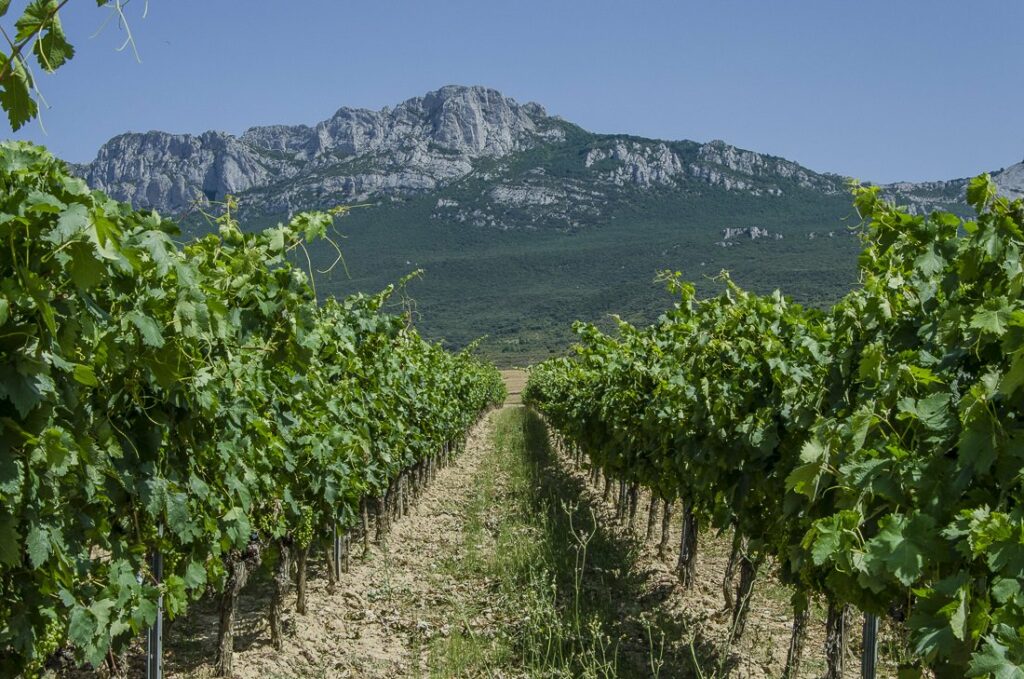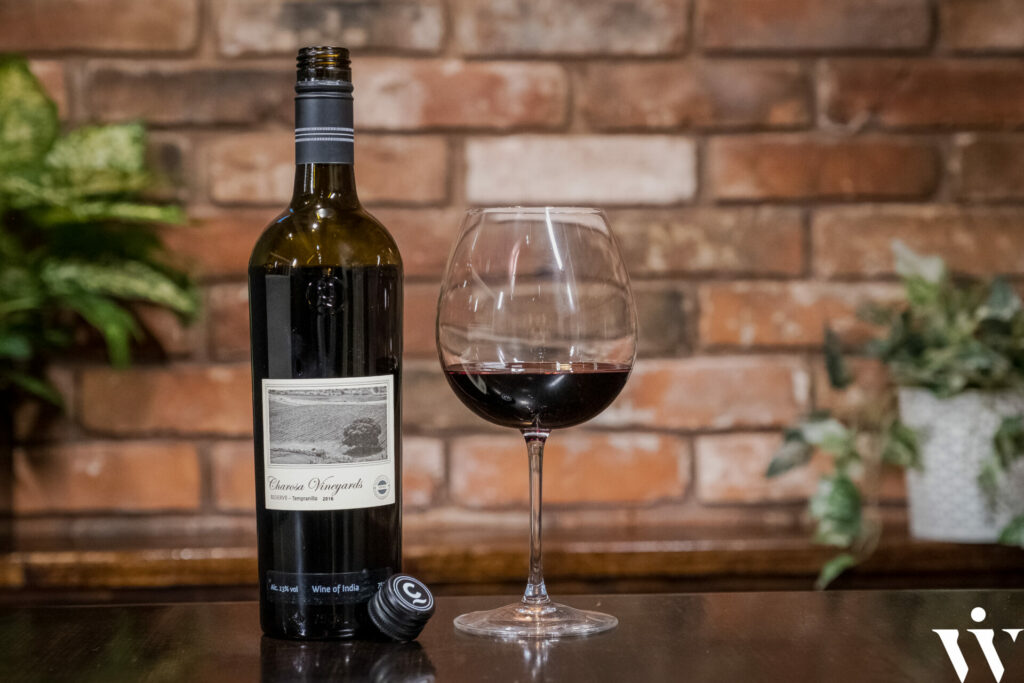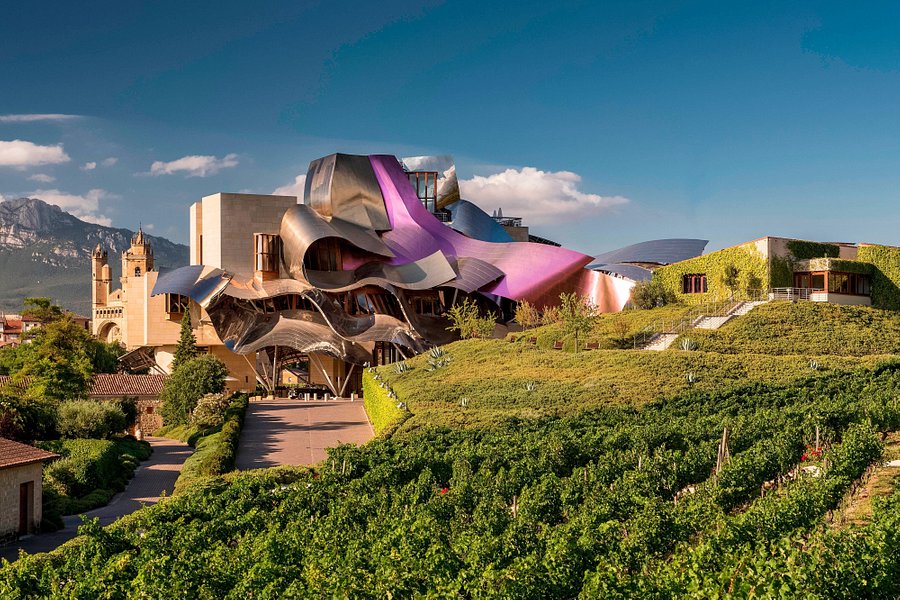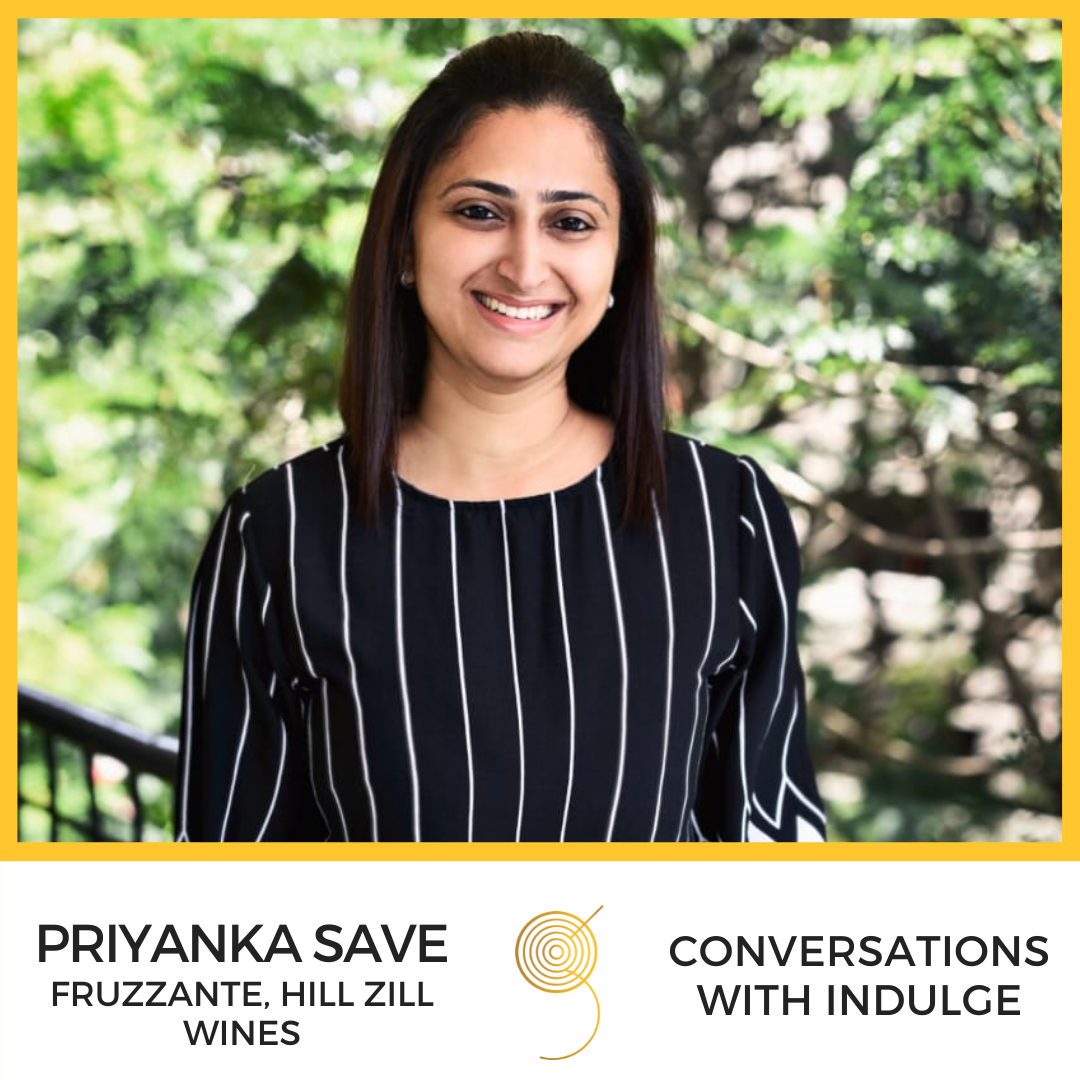In 1837, as Bahadur Shah Zafar, the last Mughal king of India, acceded to the throne in Delhi, a Bavarian national, Johann Gramp was docking on the shores of Australia. Both men were destined to change the course of history. One was to fail his empire and lose it to British colonisation, and the other was fomenting a vinous revolution that would rule the world’s palates for centuries to come.
A decade after his arrival Down Under, Gramp planted Barossa Valley’s first vines over a 30 hectare piece of land shouldering a natural waterway called Jacob’s Creek. A humble setup of a small winery with an underground cellar yielded its first label in 1850 with an assortment of about 125 bottles. Fast-forward to125 years later, in 1976, and again, while the Indian empire was under the shroud of an impending Emergency, a new revolution was brewing in the Gramp kingdom. Jacob’s Creek label, an ode to the aspiring natural feature adjoining the original winery site setup by papa Johann, was finally presented to the Australian palates. Did they know then that the label would go on to become the quintessential synonym to quality and simplicity the world over? I guess they did. How does one claim that? See now, less than half a century on, it has over 8000 awards and medals to its name, it’s relished in over 80 countries, raising 1.7 million toasts a day. It’s a global synonym for Aussie wines, and here in India, it’s the undisputed, undefeated, insatiable ruler of the imported wines sultanate.
From its original Shiraz-Cabernet-Malbec rendition, Jacob’s Creek has evolved into a massive range. Its wines display the regard for their terroir, varietal character, and elegance, all crafted from employing decades of experience and the wisdom of its ancestors’ 170-year long journey. And it’s probably the mastery of these elements that ensure that every bottle of Jacob’s Creek wines taste the same, regardless of where they’re being poured around the globe. Apart from their classic and reserve ranges, they added organically-made wines to their offerings in 2020, and recently added the newly-introduced Double Barrel Shiraz. And just before the second lockdown, another exciting label was announced, especially exhilarating for F1 Grand Prix followers. In a collaboration between their St Hugo range and the dashing Aussie racer Daniel Ricciardo, the Jacob’s Creek family will be offering their 2015 Coonawarra Cabernet Sauvignon and 2014 Barossa Shiraz, only to the Aussie palates. What a tease! But hey, much like what Ricciardo’s fellow racers on the track say for him, didn’t see that coming.
What puts Jacob’s Creek in a league of its own is their commitment to their winemaking philosophy and churning value-for-money expressions. Every drop delivers quality, superseding the buck paid for it. In a price-driven market like India, it has been the first dram for many, and even today remains the benchmark for any wines trying to compete with the country’s fast-growing international wine market. Its price sensitive offering places it at the top of the tier for any oenophile. It promises consistency, quality, and a bond of trust to satiate the palate and quench your thirst. What else do we want in a discerning vino?
The journey of Jacob’s Creek has been exceptional thus far. And if you ever get a chance to visit their visitor’s centre, do have a meal at their award-winning restaurant, and check if you can plant your own vine in their vineyards. On my visit in 2012, I planted my own vines, fruits of which are to contribute to their award-winning wines. Grab your vine sapling, and plant the seeds of what may change the course of history yet again and tease and please the palates of fine wine drinkers around the globe. After all, Jacob’s Creek is the sort of ruler whom we can repose our trust.
MILESTONES
1837 – Johann Gramp arrives in Australia
1840s – William Jacob, Eurpoean explorer sets up his hermitage near the creek, later giving it its name
1847 – Johann Gramp plants Barossa Valley’s first vines
1850 – First wine is released
1877 – Gustav, Gramp’s son, expands the winery and vineyards
1976 – Jacob’s Creek label is born, holding the 1973 Shiraz-Cabernet-Malbec blend in its bottles
1984 – Jacob’s Creek goes global, to the United Kingdom
1994 – Awarded the prestigious Maurice O’Shea Award for Outstanding Contribution to the Australian Wine Industry. The first time a brand had received this award rather than individual.
1998 – Jacob’s Creek Chardonnay Pinot Noir sparkling is introduced
2002 – Jacob’s Creek Visitor’s Centre opens, with a time capsule buried under it, to be revealed in 2027
2005 – Official wine of the Australian Open
2008 – Ranked #1 among the World’s 100 Best Wineries in 2008 by the World Association of Wine Writers and Journalists
2011-2018 – 8 years of continuously being awarded amongst World’s Most Admired Wine brands by Drinks International magazine
2020 – Launches organic wine label
2021 – Collab between St Hugo range and F1 racer Daniel Ricciardo
First Published in India Today Spice 2021
